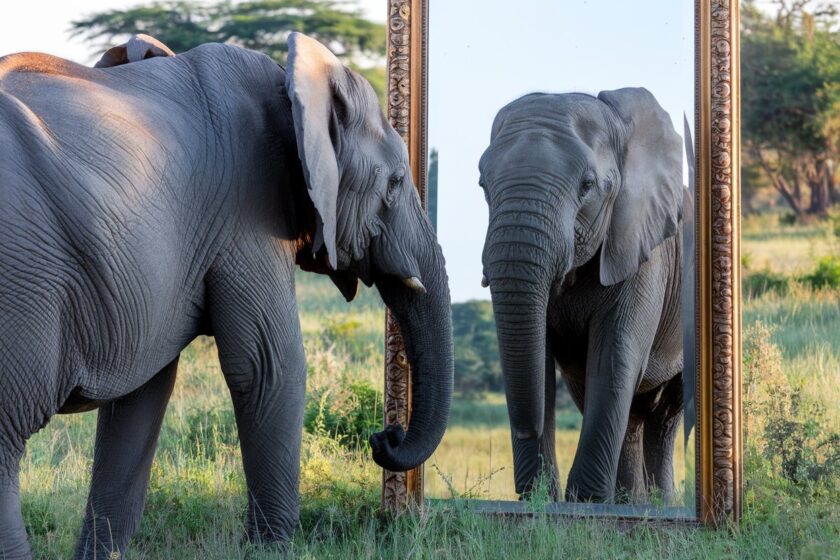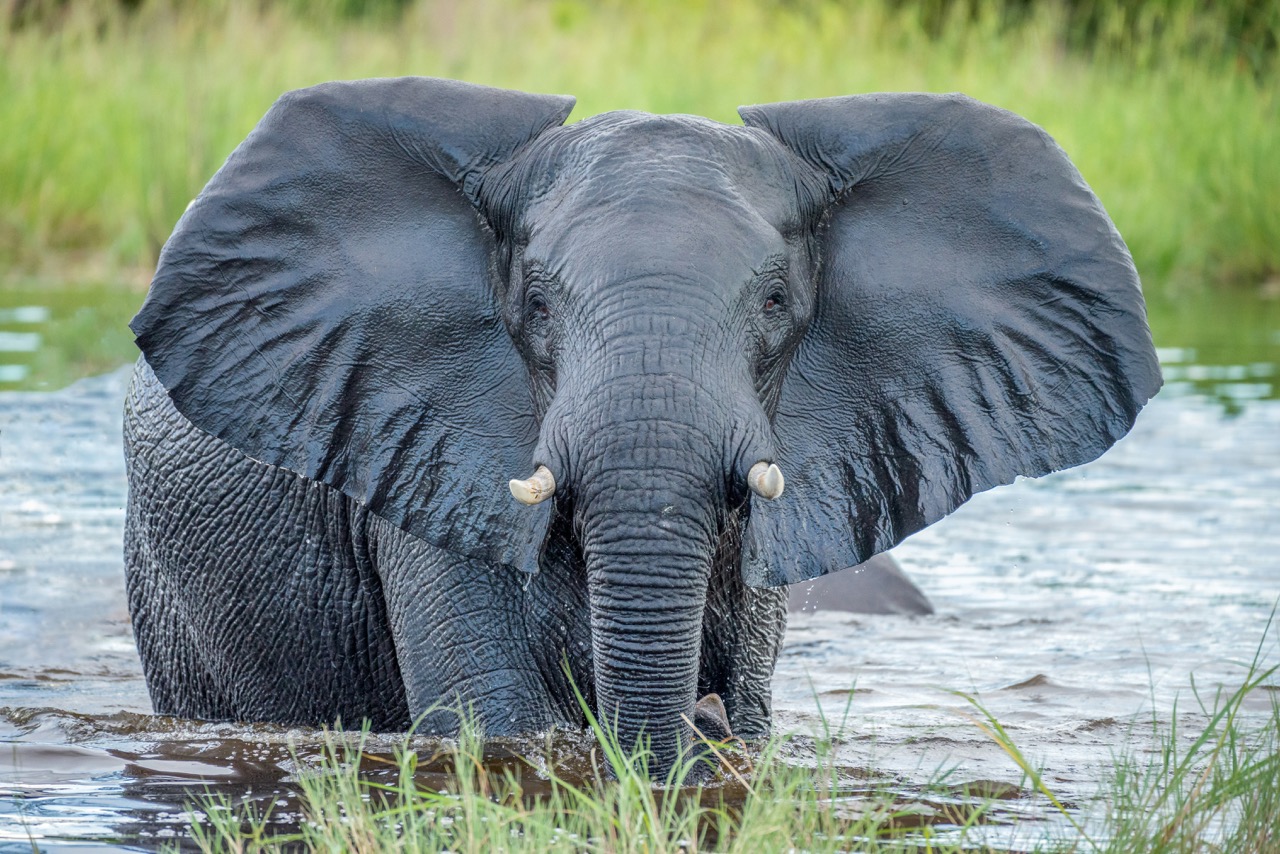Elephants have long captivated human imagination with their majestic presence and complex social structures. But beyond their size and strength lies a fascinating world of intelligence that challenges our understanding of animal cognition. Recent studies and observations reveal that elephants are not just large creatures; they are also incredibly smart, exhibiting behaviors that suggest advanced problem-solving skills, emotional depth, and even self-awareness.
The Size of Their Brain: Does It Equate to Intelligence?
When we think of intelligence, we often consider brain size. The brain of an African elephant is three times larger than that of a human, weighing in at around five kilograms. However, size alone does not determine intelligence. The real question is whether this massive brain is packed with cognitive capabilities or if it merely serves as a vessel for instinctual behaviors.
One common saying is that elephants have “memories like elephants,” implying they never forget. This reputation is well-deserved, as elephants are known for their remarkable memory, particularly when it comes to navigating their vast habitats. African elephants can remember migratory routes and locate water sources, which is crucial for survival, especially during droughts. The oldest matriarch in a herd plays a vital role in guiding the group to these resources, showcasing the importance of experience and knowledge passed down through generations.
Problem Solving and Tool Use
Elephants demonstrate their intelligence through creative problem-solving and tool use. For instance, when trying to swat away flies, elephants have been observed breaking off branches to use as fly swatters. This behavior highlights their ability to manipulate their environment to solve problems, a hallmark of intelligent species.
In a fascinating experiment conducted by elephant researcher Joshua Plotnik, pairs of Asian elephants were presented with a challenge that required cooperation to access food. The elephants had to pull on two ropes simultaneously to reach the corn hidden in red bowls. Remarkably, all pairs succeeded, with some elephants cleverly using their feet to hold one rope while allowing their partner to pull the other. This ability to work together not only showcases their intelligence but also reflects the social nature of elephants, who are raised in cooperative environments from a young age.
Emotional Intelligence and Empathy
Beyond cognitive skills, elephants exhibit profound emotional intelligence. They are known to comfort one another in times of distress, displaying behaviors that suggest empathy. For example, when a member of the herd is grieving, other elephants will often gather around, touching and vocalizing softly to provide comfort. This capacity for empathy is a significant indicator of advanced social intelligence.
Moreover, elephants have been observed mourning their dead, often returning to the bones of deceased companions and exhibiting signs of sadness. This emotional depth adds another layer to their intelligence, suggesting that they possess a complex understanding of life and loss.

The Mirror Test: A Measure of Self-Awareness
One of the most intriguing tests of animal intelligence is the mirror test, which assesses self-awareness. In this test, a mark is placed on an animal in a location it cannot see without a mirror. If the animal uses the mirror to investigate and touch the mark, it indicates self-recognition.
In studies involving elephants, researchers found that when presented with a mirror, elephants initially reacted as if they were encountering another elephant. However, after some time, they began to examine their own bodies, demonstrating an understanding that the reflection was indeed themselves. This ability to recognize oneself in a mirror is a strong indicator of self-awareness, a trait shared with only a few other species, including great apes and dolphins.
Communication and Social Structure
Elephants are also known for their sophisticated communication skills. They use a variety of vocalizations, body language, and even infrasound—low-frequency sounds that can travel long distances—to communicate with one another. This complex communication system is essential for maintaining the social bonds within herds and coordinating activities.
The social structure of elephant herds is matriarchal, with older females leading the group. This leadership is not just about age; it is also about wisdom and experience. The matriarch’s knowledge of the environment, social dynamics, and survival strategies is crucial for the herd’s success.
Conclusion: A Testament to Nature’s Intelligence
The intelligence of elephants is a testament to the complexity of animal cognition. Their ability to solve problems, cooperate, empathize, and recognize themselves in mirrors challenges the traditional views of intelligence as a human-centric trait. As we continue to study these magnificent creatures, we gain deeper insights into their lives and the intricate web of relationships they maintain.
Understanding elephant intelligence not only enriches our appreciation for these gentle giants but also underscores the importance of conservation efforts. Protecting their habitats and ensuring their survival is crucial, not just for the species itself but for the ecological balance they help maintain.
As we marvel at the intelligence of elephants, we are reminded of the profound connections that exist in the animal kingdom and the lessons we can learn from these remarkable beings. What fascinates you most about elephants? Their emotional depth, problem-solving skills, or perhaps their social structures? Share your thoughts and join the conversation about these incredible animals.




